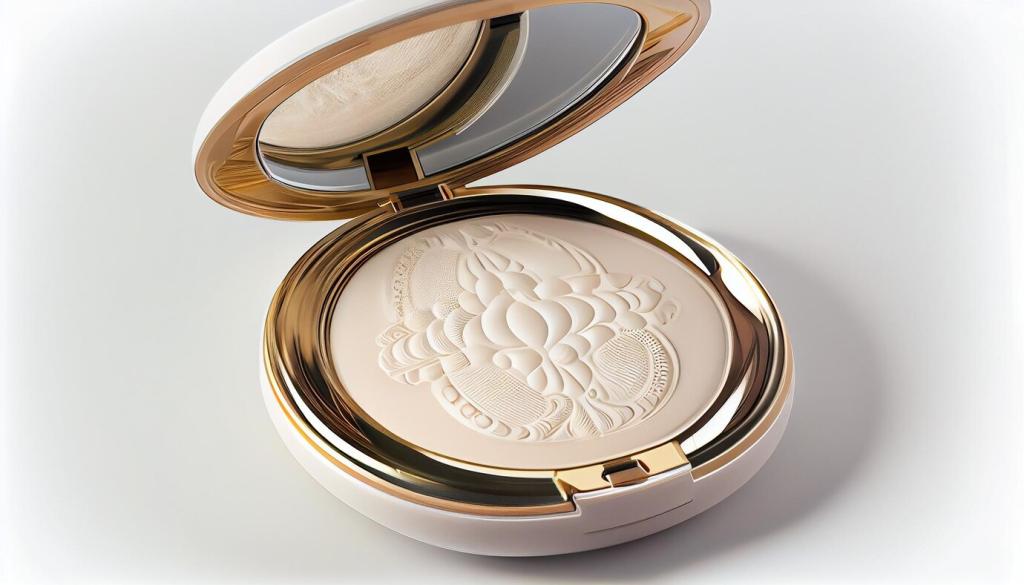Small-Space Fixture Playbook
Mount them high to free surfaces and expand floor area. Choose cord covers or paintable channels for a tidy line. A pivoting head gives precise beam control, so one fixture handles both task and ambiance gracefully.
Small-Space Fixture Playbook
Slim, ceiling-mounted tracks place multiple adjustable heads on a single, clean spine. Aim one head for ambient bounce, one for art, and one for the table. One junction box, many uses, zero visual chaos.

